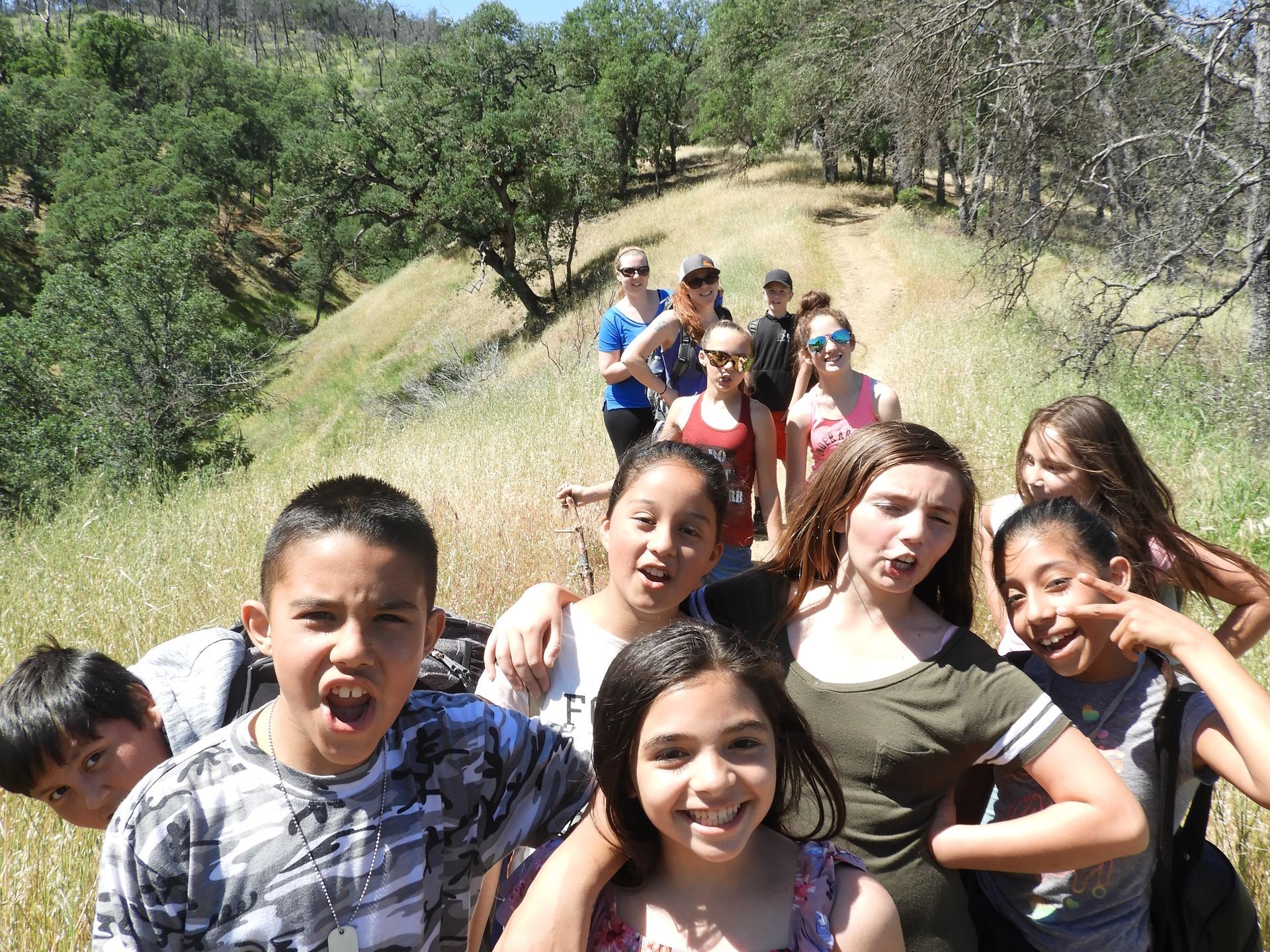Protect Our Deep Home Place!
As this year is winding down many of us are reflecting on our sense of place, our home, and our loved ones. As many of you know, Tuleyome is a Lake Miwok word that means “deep home place,” illustrating our deep connection to our environment, our communities and our regional public lands. Our favorite hike with our dog, the beach where we met, our first trip river rafting, that view that always takes our breath away, all of these places resonate deeply within us. Maybe even more so the last couple of years.

Like you, Tuleyome understands this connection to our special places, fighting to protect them and to ensure that all of us can enjoy them.
During 2021, we:
- Launched our Junior Guides program at Woodland Regional Park Preserve, where older kids use interactive outdoor walking plays to teach younger kids about nature.
- Signed a cooperative agreement with the Bureau of Land Management for wilderness programs, hikes, trail building and camping activities within Berryessa Snow Mountain National Monument.
- Completed and opened the Lake Berryessa North End Trail while continuing to maintain your other favorite trails in the region.
- Fought to protect and expand Berryessa Snow Mountain National Monument, the treasure in our backyards.
We’re asking you to join us in the fight to protect these special places again this year. We can’t do it without you.
Tuleyome has a lot planned for 2022.
- We are permanently protecting Tuleyome’s Ireland Ranch’s 640 acres and 800 neighboring acres abutting Berryessa Snow Mountain National Monument on the eastern slope of the Blue Ridge through partnerships and conservation easements.
- We are expanding our Youth Boot Bank so that we can reach more kids in more places.
- We are translating our materials, beginning with Spanish. If you haven’t seen them, check out our trails and Woodland Regional Park Preserve materials.
- We are launching a new suite of K-12 nature and science educational programs as we continue expanding our educational programs and family events.
- We are working tirelessly to pass the Berryessa Snow Mountain National Monument Expansion Act, (also known as Condor Ridge or Molok Luyuk) and ensuring effective Monument management. More information on our special April event is coming soon!

Only through your generosity is this possible. As you enjoy the rest of the holiday season and give thanks at the end of this year, please invest in our Deep Home Place. By making a gift of $20 per month, $40 per month, or the most generous donation you can make today, together we can protect our precious lands.
Please support Tuleyome’s important work today. You will be protecting our region and ensuring that future generations will be able to enjoy all of our public lands.
Happy New Year!

Victoria Brandon
President
Tuleyome Board of Directors
P.S. We know how many worthy causes request your help. We are honored that you’ve chosen to support the work of Tuleyome. Please make a secure donation today online.
RECENT ARTICLES






